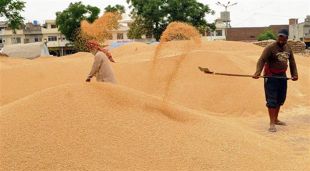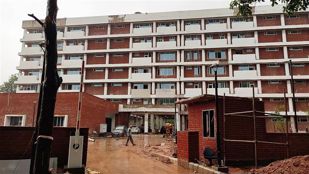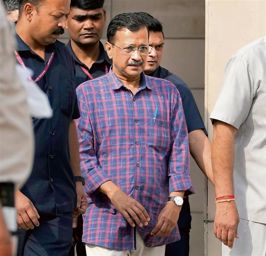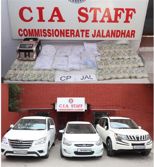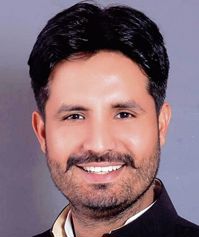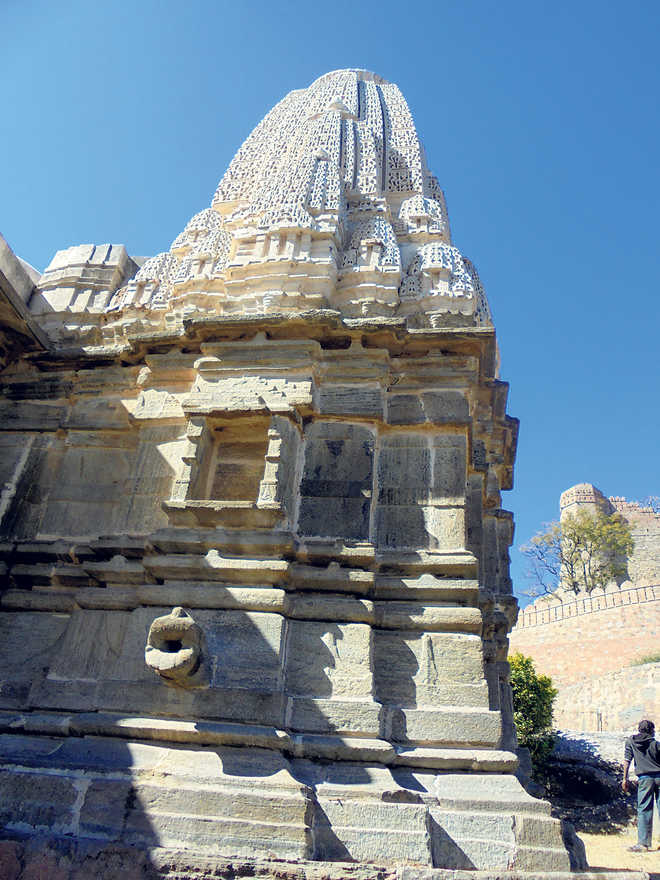
.
Ranjita Biswas
The serpentine wall seemed to go up endlessly, as if to reach out to the clouds. Then, you see a palace sitting on top of a hill. From below, it’s an awesome sight. It must have been so to the invading armies in the medieval era; at the same time, it must have left them wondering how to breach this famed and impregnable wall of the Kumbhalgarh Fort. At 38km, it’s said to be the second-longest continuous wall after the Great Wall of China. It’s also one of the largest wall complexes in the world, and the second largest fort in India after Chittorgarh.
No wonder visitors from home and abroad flock to Kumbhalgarh, taking the 84km drive from Udaipur to experience the climb up the famous rampart. However, the prominence the fort has acquired is rather recent, as other forts and cities in Rajasthan like Jodhpur, Jaisalmer, etc., hogged the limelight. But its recognition as a UNESCO heritage site in 2013 and a couple of film shoots at the site have revealed this marvel of architecture to the world to savour.
Birthplace of Maharana Pratap
But the locals always knew about Kumbhalgarh’s glory and its place in the Mewar heritage. It is also famous as the birthplace of Maharana Pratap Singh, the revered Rajput king and warrior the Mughals feared. The fortress, on the western range of the Aravalli Hills in the Rajsamand district, was built by Rana Kumbha during the 15th century. Historians believe the original fort was built in the 6th century by Jain King Samprati, grandson of Ashoka, recognising its strategic position on the western front. Its history, though, remained shrouded in mystery till the early 14th century, when Alauddin Khilji invaded Rajasthan.
Kumbhalgarh, separated from the Marwar kingdom, was also a safe haven in times of war. According to legends, Udai Singh, who went on to inherit the throne, was smuggled into the fort as an infant by his nanny, Panna dhai, when Chittorgarh, Mewar’s capital, was under siege in 1535; legends have it that she replaced the prince with her own son, who was killed by the enemy.
Rana Kumbha ruled over a vast tract of land and built around 84 forts, of which Kumbhalgarh was the largest. The invaders could breach the fort just once, that too by stealth when they poisoned the fort’s source of drinking water. Many legends surround Kumbhalgarh. For instance, how the wall would collapse midway until a priest proclaimed a human sacrifice was needed to complete it. But who would volunteer? A hermit, who lived nearby, came forward, and the king built a temple in his name. There are over 360 Jain and Hindu temples within the fort. The Shiva temple is where Rana Kumbha prayed every morning.
Designed by famed architect Mandan, it took 15 years to build this fort at a height 3,600ft above sea level. The frontal walls are 15-feet thick and have seven gates, starting with Hathi Pol (elephant gate). While climbing up about one and a half kilometer to the palace, passing through different ‘pols’, you cannot but marvel at the ingenuity of the construction. There are sharp turns, obviously designed to slow down the invaders. Looking through the eye-holes in the battlement, you understand why the guides say they work as binoculars — one can look down at the whole valley and see any approaching enemy.
On the top, near Pagda Pol, is Rana Pratap’s birthplace, Jhalia ka Malia. Beyond that is the Kumbha Palace, built in the classic Rajput style. In those days, the palace was divided into the mardana (men’s) and zanana (women’s) mahal, separated by a corridor. The highest part is aptly called Badal Mahal or the palace in clouds.
In the evening, a light-and-sound show brings alive the story of the Mewar kings and their valour. A Kumbhalgarh festival is also held every year. Kumbhalgarh makes you look back at the country’s architectural heritage in a new light.
Fact File
How to go there: By road from Udaipur. Takes about two and a half hours. Hiring a car is good option.
Places of interest nearby: The Haldighati battlefield site, a stunning Ranakpur Jain marble temple, 50km away. Also, the Kumbhalgarh wildlife sanctuary.
Where to stay: There are quite a few good resorts and hotels around.





















